For a while I’ve had this vague idea that lies at the intersection of two of my obsessions.
As you know, I love dioramas and shadow boxes. My earlier work reflects this, and my passion for it has never really ebbed. I’ve thought a good bit about why that is, and I guess it is a desire, in a befuddling and incomprehensible universe, to have a world in a box, to impossibly capture a little bit of the universe and hold it for just a moment. Thinking about it makes my teeth hurt.
I saw these beautiful paper cut boxes by Hari & Deepti over coffee this morning and wanted to, I don’t know, get small and live in them.
I also adore the texture of urban environments, fire escapes and naked brick and soot on buildings and stained sidewalks and walls and chimney spouts and pipes and telephone poles and exposed wires. A few comic artists have captured this urban/suburban melancholy beautifully. I love the precision line work and soft use of color of Adrian Tomine, Craig Thompson, and Daniel Clowes. And the sketchy but evocative work of one of my very favorite artists Ben Katchor.
But possibly no one does this better than Chris Ware artist of Jimmy Corrigan: The Smartest Kid on Earth.
And Robert Crumb of course, who draws sometimes horrifically exaggerated and unflattering portraits, is a master of sublime rural and urban landscapes.
Robert Crumb’s 1979 “A Short History of America” is never far from my mind.
With three additional Crumb panels in 1995.
For years I’ve considered painting landscapes of trees, industrial structures, buildings, lamp posts, telephone poles silhouetted against the sky. There is an industrial tower I pass regularly at a cement plant that I see silhouetted against a backdrop of trees in the afternoon light that kills me every time.
I’ve also, been considering creating cut cardboard cityscapes. A layered landscape of buildings and fire escapes, doors and windows, and sky. I was imagining reducing photography into two-color illustrations cut into cardboard on a laser cutter.
It made me wonder if I could nab images from Google street view to gather cityscape info street by street. The low perspective is a double-edged sword: It isolates the nearby building against the sky without interference from nearby buildings, but it introduces distortion.
Correcting the perspective, cropping, and reducing to two colors in photoshop results in something like this:
Now imagine doing this with an entire street’s-worth of street view tiles — a giant recreated street panorama — and adding the next street behind it as a second layer, and another behind that.
Something like this, but with the wibbly wobbly textures of organic reality and imperfections of real cardboard and unpredictability of burning holes in real paper and the way the light shines on everything.
Something, something like that. Even this kinda makes my teeth hurt.
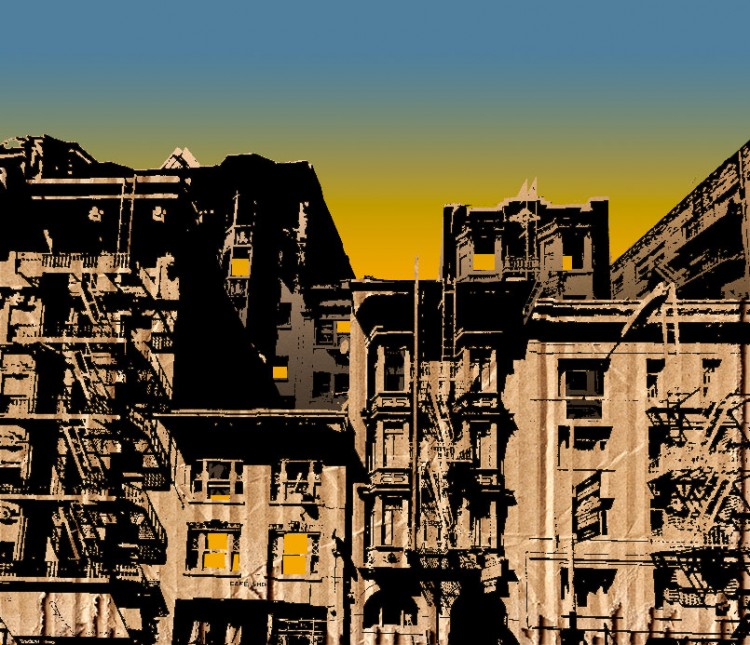
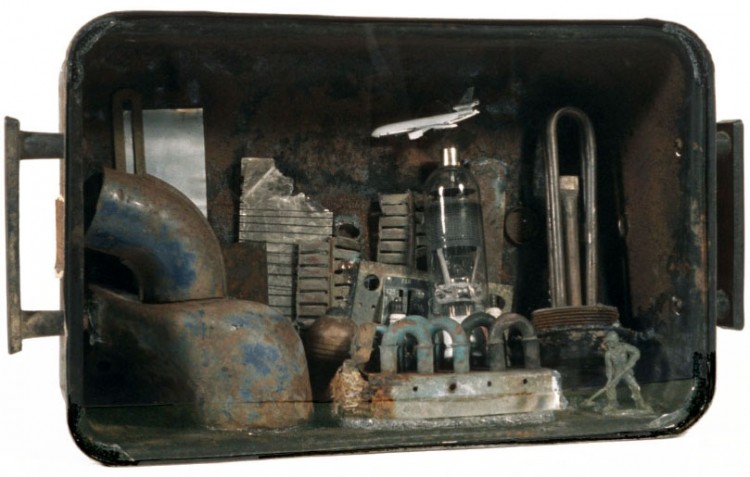
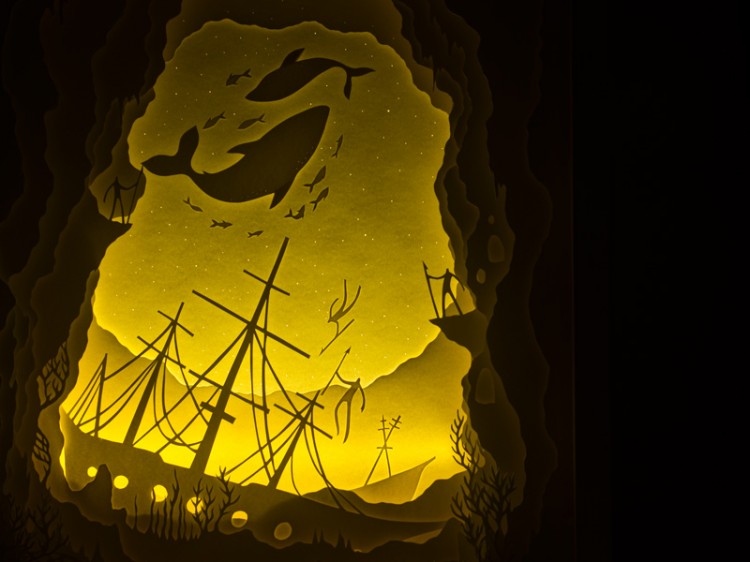
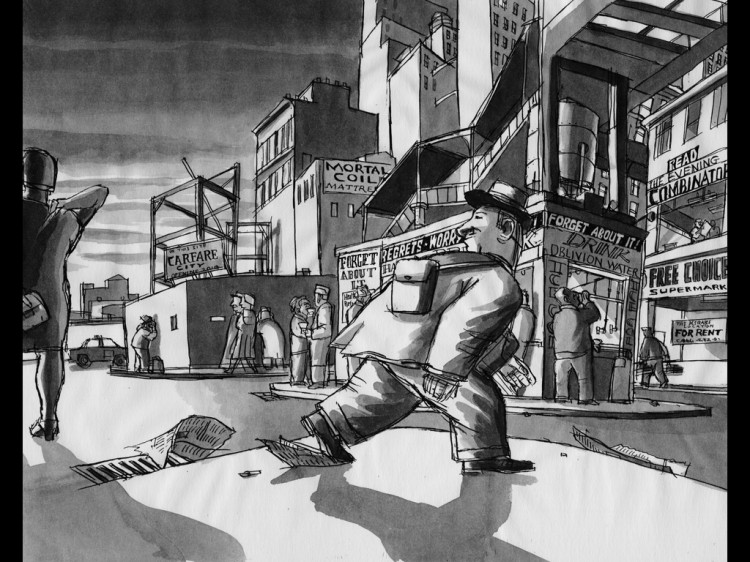
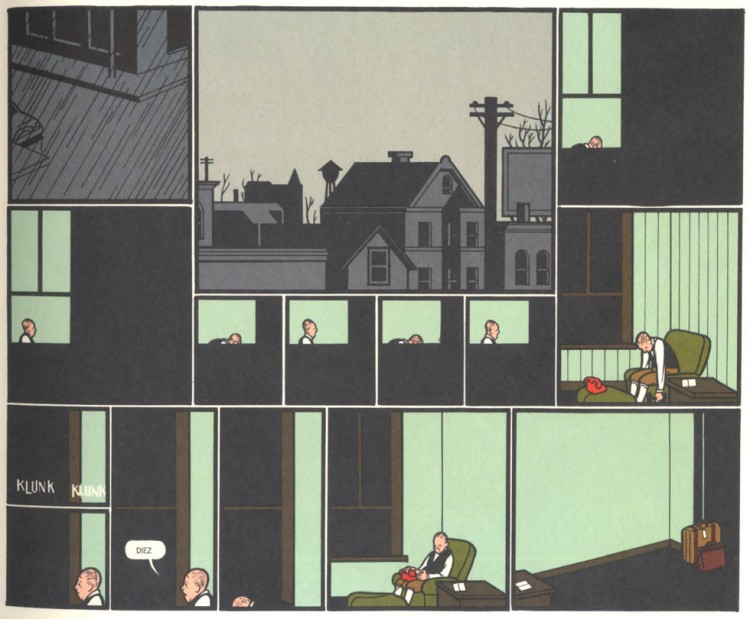
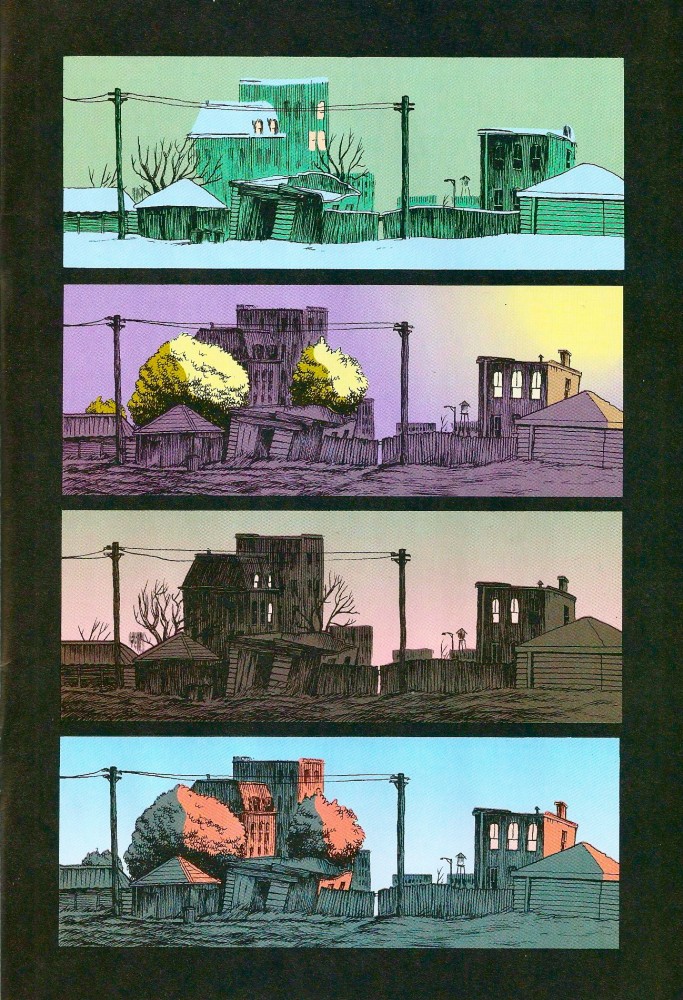
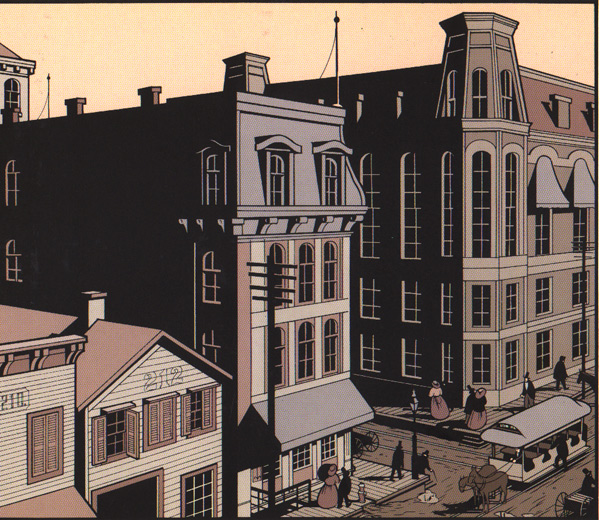
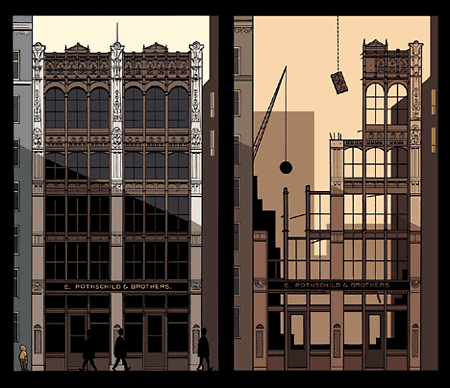
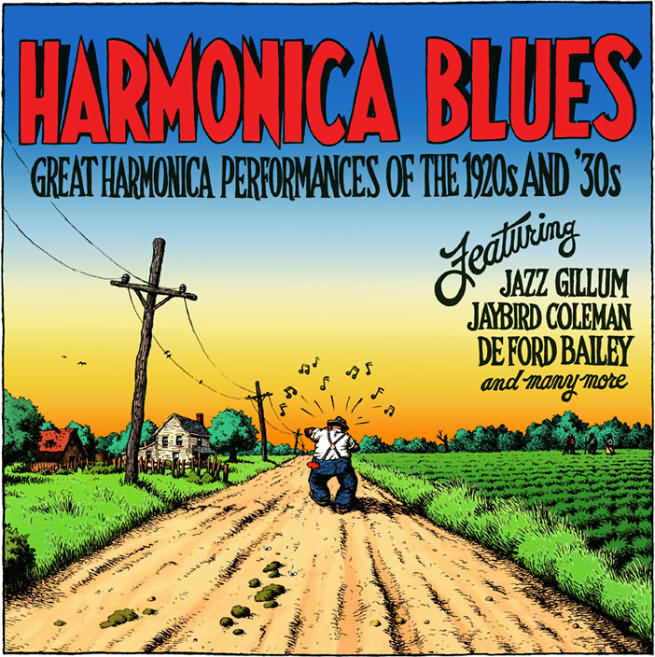
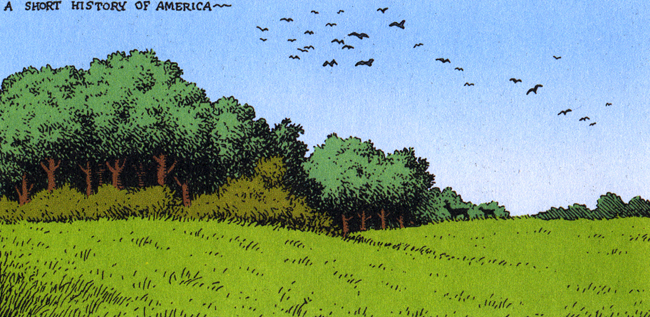
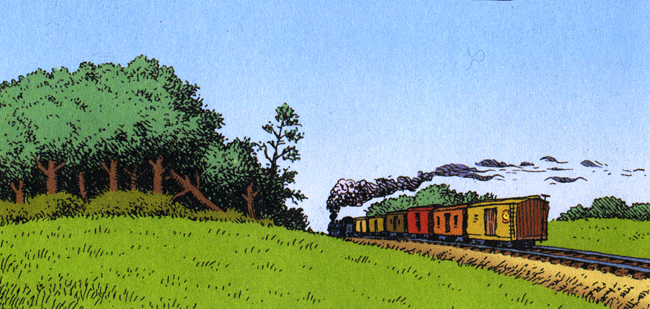
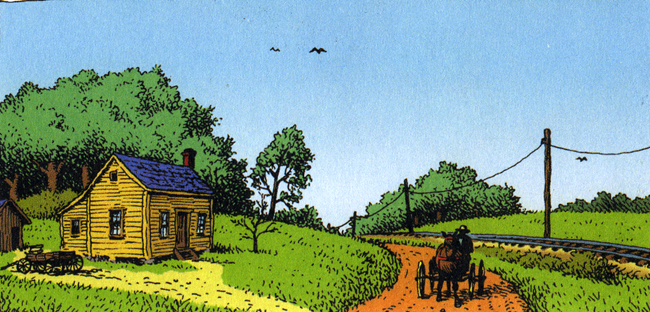
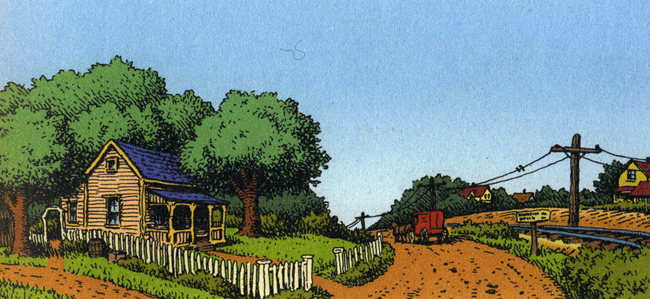

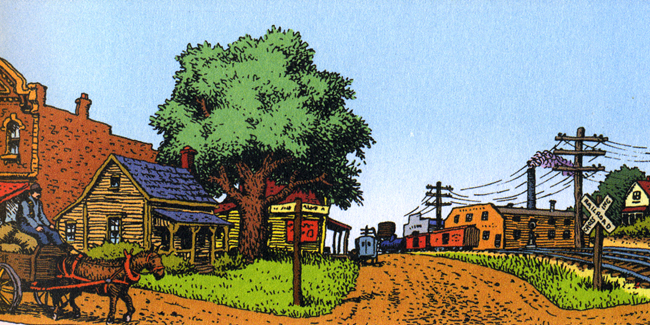
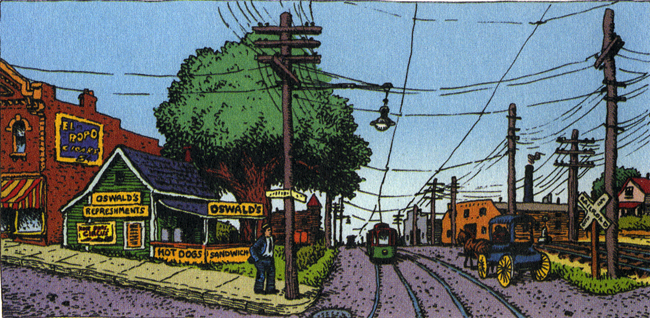
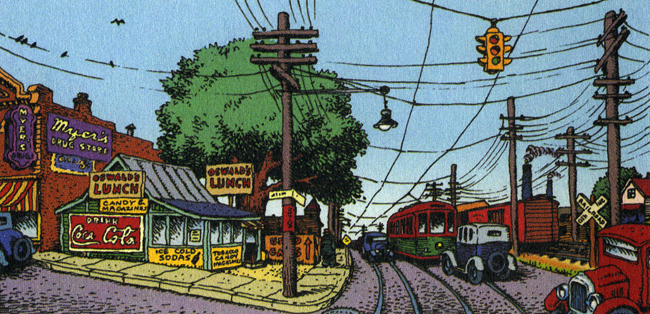
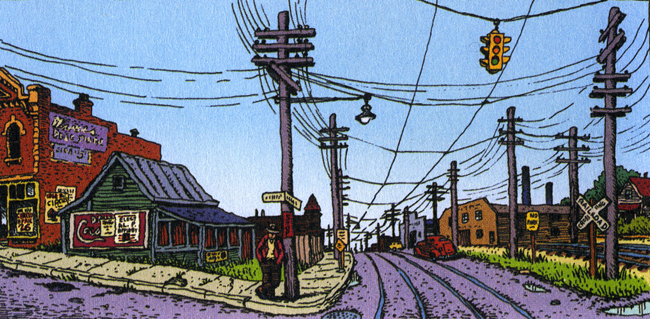
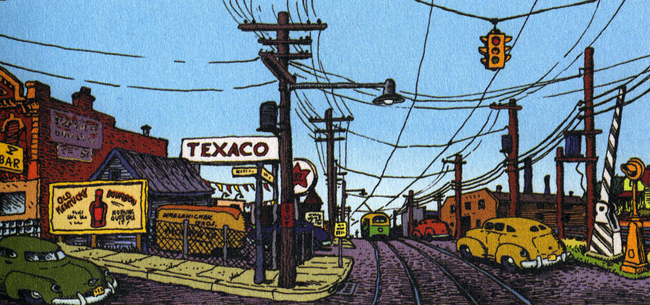
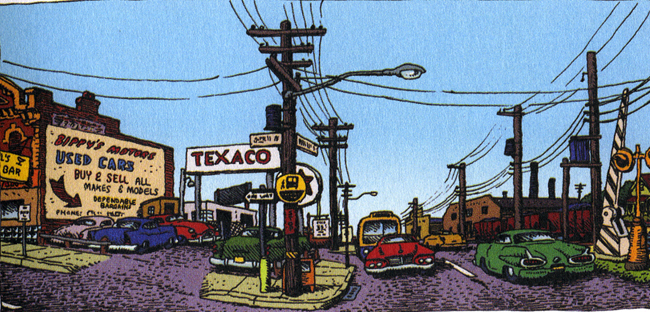
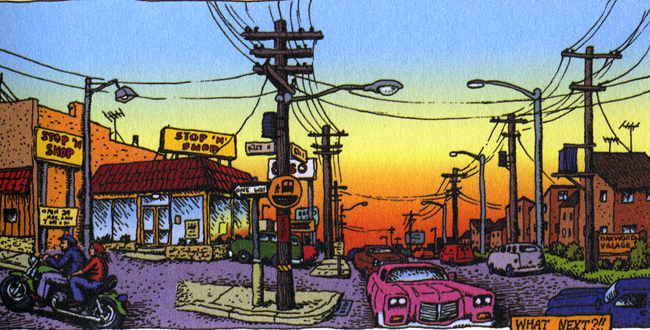

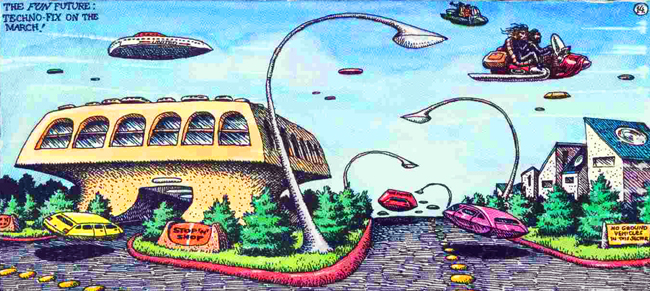
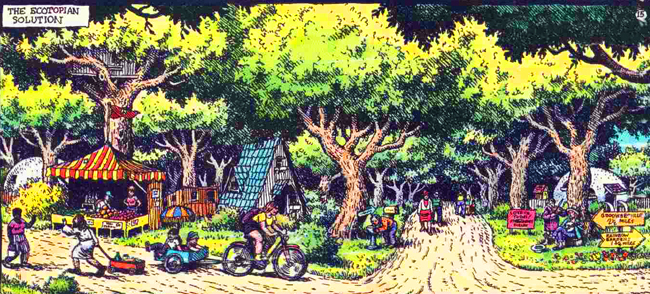
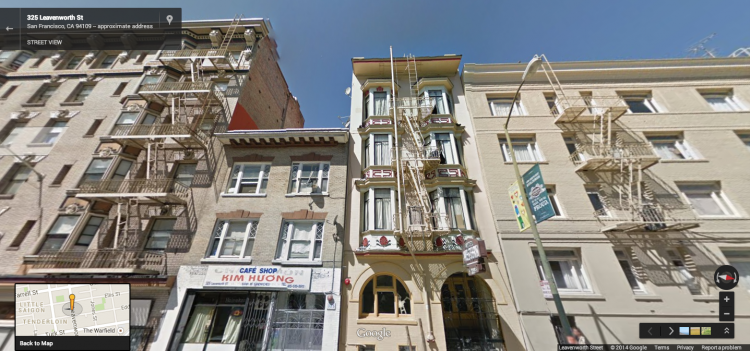
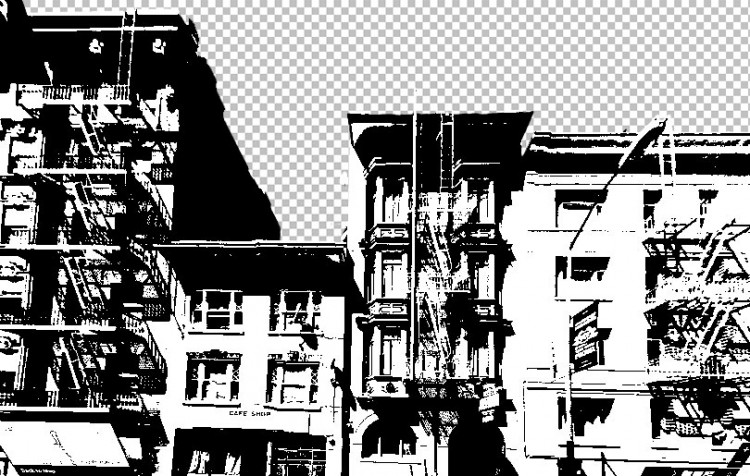
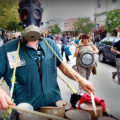
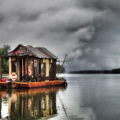
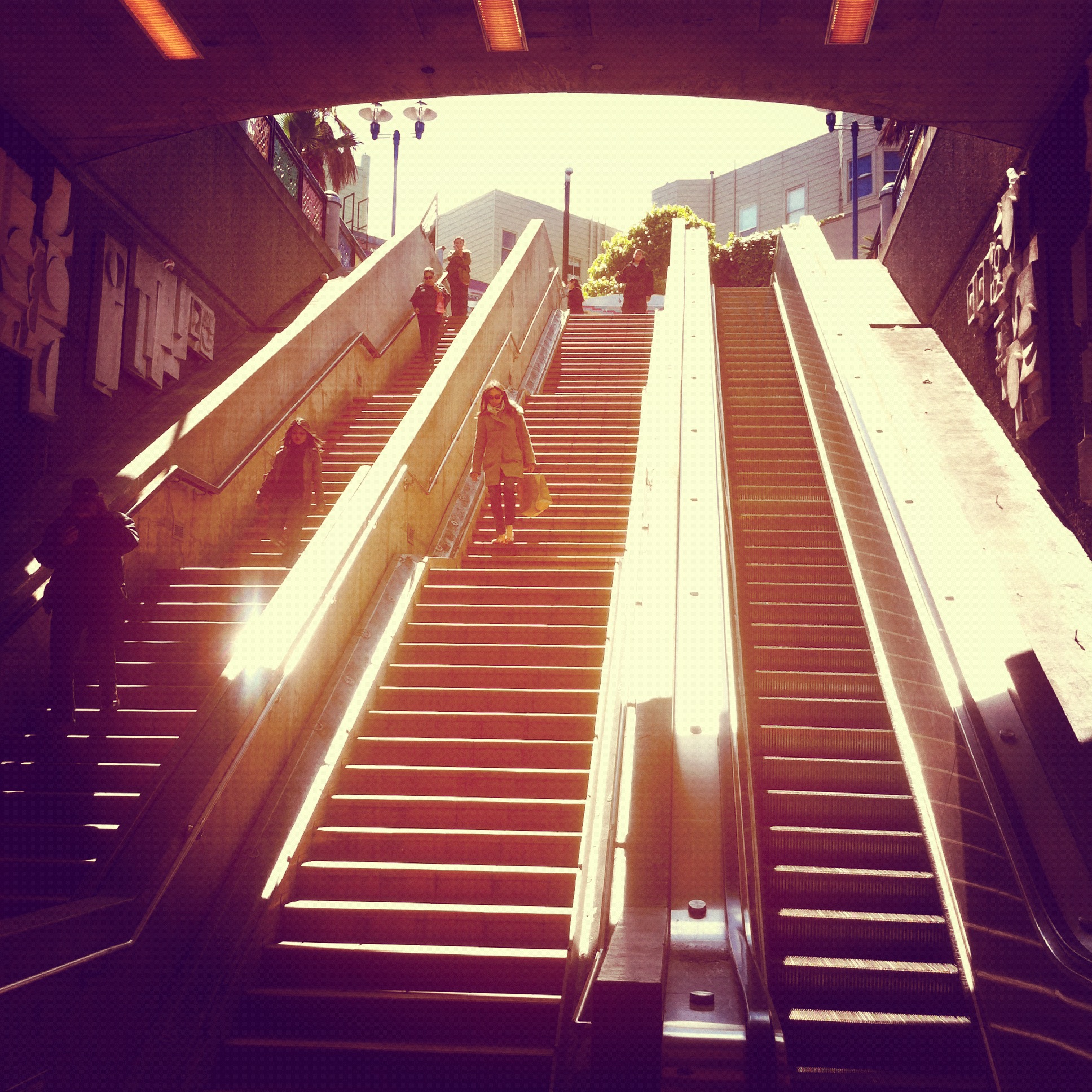
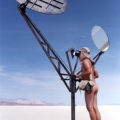
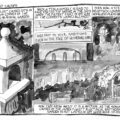
I don’t know if this is a shot in the dark but here goes. I found your blog and shantyboat commentary while reading Shantyboat and looking up that word for images on the internet. Judging from a couple of your images of urban works, you might be interested in some of what I do. Plus, if you’ve never read Least Heat Moon’s River-Horse, get to it.
I’m a relatively unknown draftsman, and former studio sculptor, whose studio filled up with unrepresented, unsold works, forcing me to take my ideas outdoors for “drawings-in-the-wild,” works made of wattle, driftwood, stone or other debris. There is no time or space here to recount my life or influences as a shunpiker and serious-but-seriously-underexposed artist, but suffice it to say that I’m the ultimate tragicomedian. My studio works (glad to send you images if you want a deluge from the past 25 years or so) are made of scrap metal, old wood, and found objects. My influences are many but H. C. Westermann (the King of American tragicomic artists), Duchamp, Bontecou, Guston, Golub roll off my tongue at the top of the list. Your urban influences might find some interest in my Railcar/dolly Series, works visibly tied to Chirico in their peripatetically wheeled, metaphorically abandoned appearance (lots of autotherapy built in with oblique references to growing up the son of suicide, in a racist environment during the Vietnam War childhood.)
I work near water, out of necessity to work large, and continue a few studio themes as my 61-yr-old working stiff body and schedule allows. I don’t make Goldsworthy gorgeous or Dougherty hobbit houses and gnome domes. I make drowning refugees and shipwrecks.
Very glad and envious to see you have adventures with your art. I’m having another day of self-doubt after suspecting that I might have been rejected from offering a combination Land Art course and residency because I own a BFA, but stubbornly choose to avoid the MightyFineAddendum. My life went for learning the Blue Highway method and being ever suspicious of the legitimacy IN THE ARTS of such a thing as an advanced degree. There are no rules in art. Or, the only three rules I know are: 1. There are no rules in art 2. The artist makes the rules in art 3. The artist breaks the rules in art. Because… see Rule 1. So an MFA makes no sense as a hiring hurdle. Art schools are now corporate business.
Thanks for your adventures, and good luck.
YouTube video:
https://www.youtube.com/watch?v=EGx8qXc-ZVA
NICE TOONS. I’m also a cartoonist.